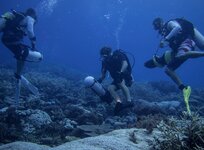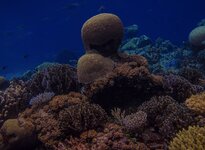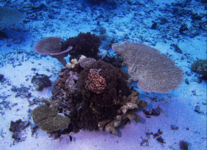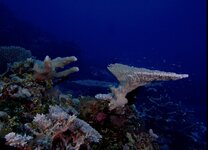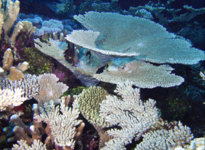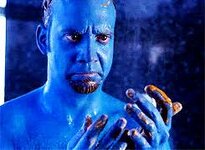Cody
Vice President
Staff member
Administrator
Moderator
Content Moderator
Board Member
Supporting Member
I found this and thought it was very interesting. For reference of what light corals evolved to grow with, the average depth of the Great Barrier Reef is 35 meters or about 115 feet deep.
No wonder people like Jason Fox preach “as much blue as possible” considering he dives to find most of his corals.
No wonder people like Jason Fox preach “as much blue as possible” considering he dives to find most of his corals.












